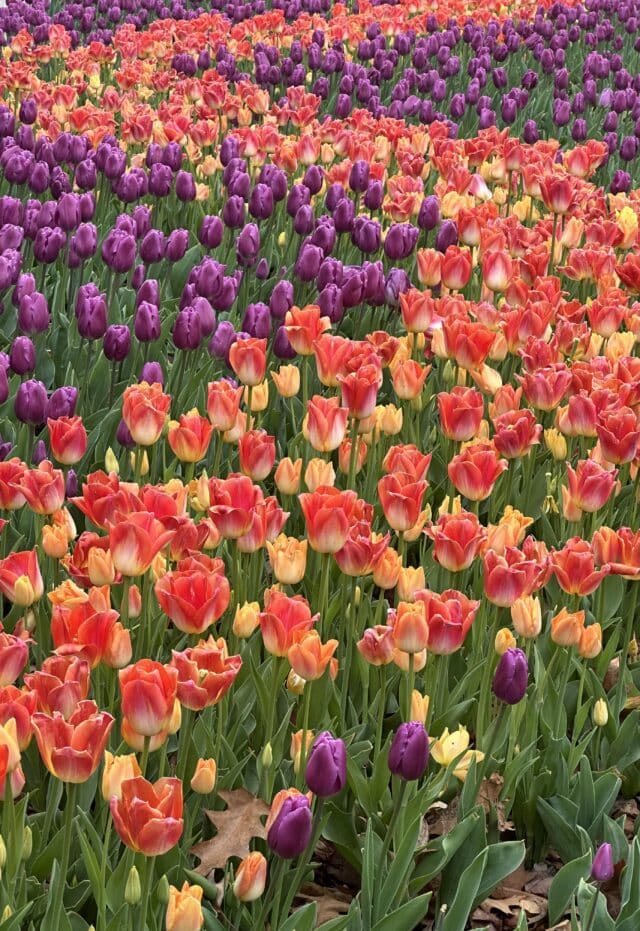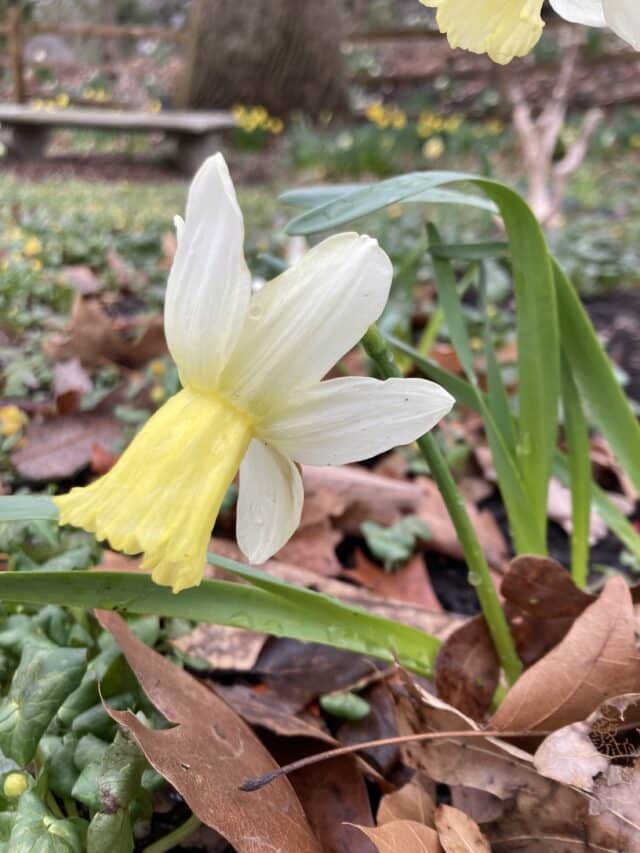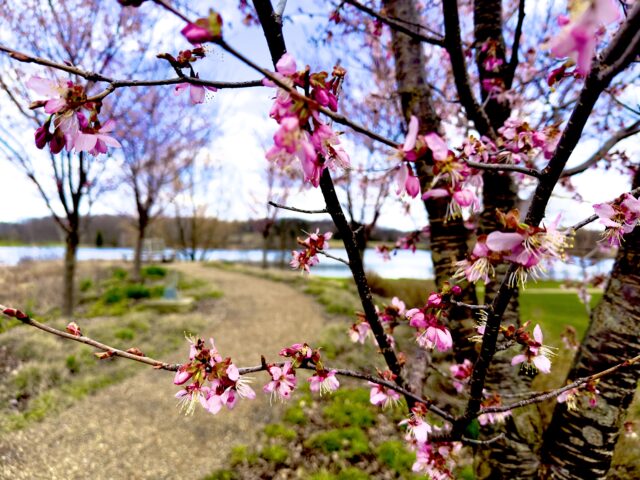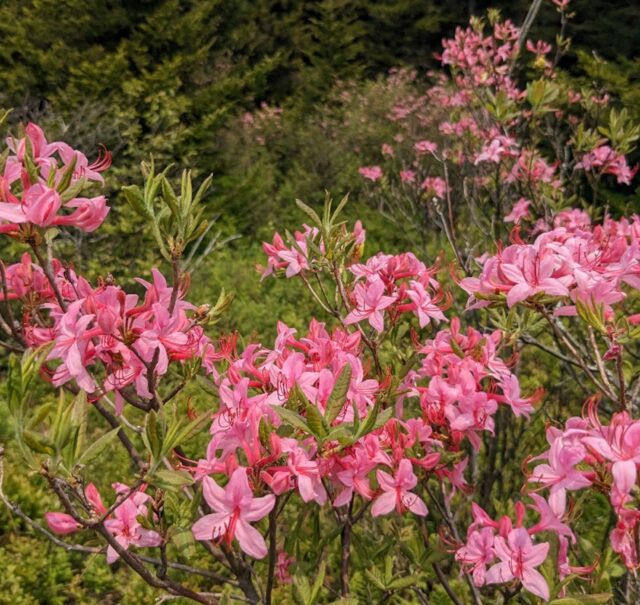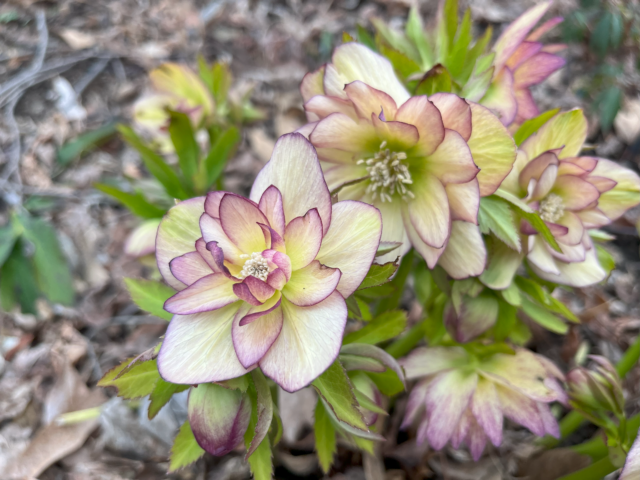
On our quest to build high quality, high value, and useful plant collections, we often plan plant collecting expeditions in search of particular plants. Building on some work we started in December 2021, Field Station Specialist Jing Wang and I are beginning to plan another trip to visit and collect the plumleaf azalea (Rhododendron prunifolium) in the wild this summer.
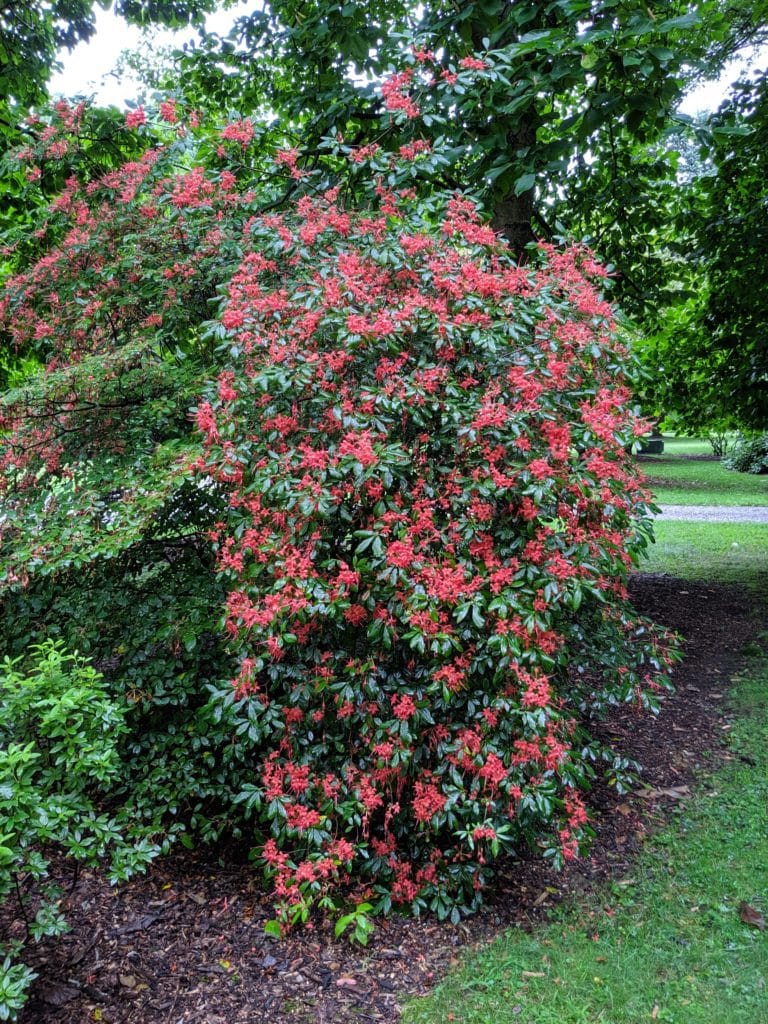
There are several steps to planning a collecting trip. First, we identify plants relevant to collection plans and goals. Plumleaf azalea checks many boxes for the Rhododendron collection. It’s rare and threatened in the wild, we can successfully grow it at Holden, it blooms in late summer when few other plants are blooming, and it would be useful for scientific research and education. Sometimes we plan trips centered around a few or single species, and other times trips relate to regions of the world that contain certain plants of interest.
We will often develop desiderata, a list of desired plants. We may also have an opportunistic list of species we might see along the way but are not on our main list.
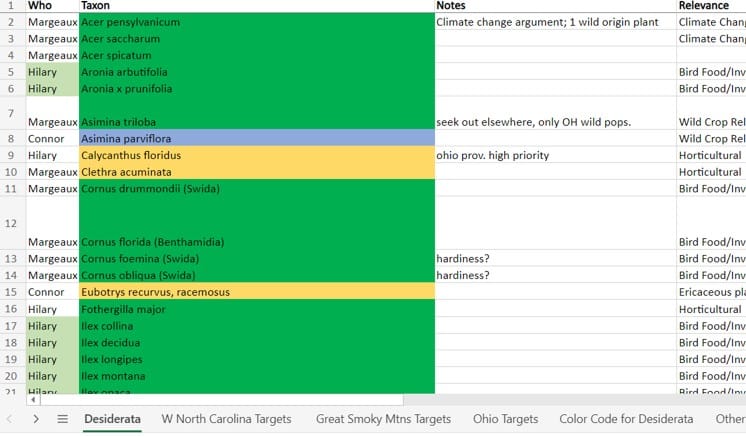
Once we have our list, we start figuring out where we can go. Public property, private property – wherever we have a lead on plant occurrence. In this stage, we often rely on partner institutions or colleagues to point us in the right direction. For plumleaf azalea, colleagues in Florida, Alabama, and Germany have shared known occurrences that may be worth visiting. We may also browse herbarium collections or iNaturalist to get some more points.
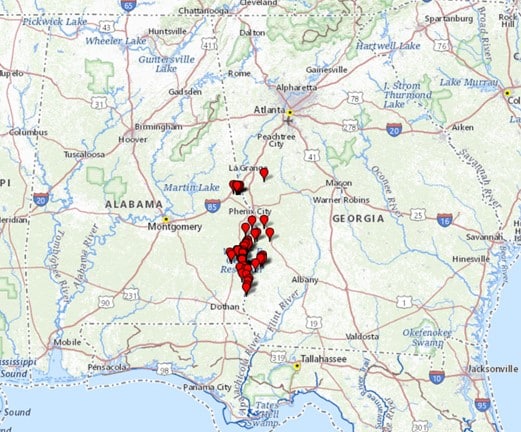
Then come the permissions. Of utmost importance to us as a botanical garden is doing things the right way. That means ensuring we have permission to collect plants anywhere we go. Sometimes this is quite easy, and other times it is impossible. I prefer collecting on private property, as landowners often are willing to work with us, and we don’t have to write reports to federal or state agencies that granted us permission to collect on public lands. No strings attached collecting.
Getting in contact with private property owners is a fun challenge. I’ve sent emails into the ether hoping someone replies, mailed letters to tax addresses, and made cold calls. Once, I called a number I found on the internet. The number happened to be the daughter-in-law of the property owner I hoped to visit, and of all places, she picked up the phone while visiting the Cleveland Botanical Garden.
Once we have our desiderata and the proper permissions, then we plan the trip. Timing is important – are you just scouting (i.e. looking for diagnostic identification characteristics with plans to return later for seeds) or are you collecting seeds? Knowing when target species produce flowers or fruits is essential to a successful trip. Again we rely on local experts and historic records to time the trip. Luckily for us, azaleas bloom over a several week period, and their fruits hang on the plants for several months.
Once the trip is planned, we make travel arrangements, prep supplies, and wait earnestly for the day to come. For local trips, we use Holden as a home base and make day trips. For trips further afield, we stay in comfortable but meager accommodations to make our funds go as far as they can.
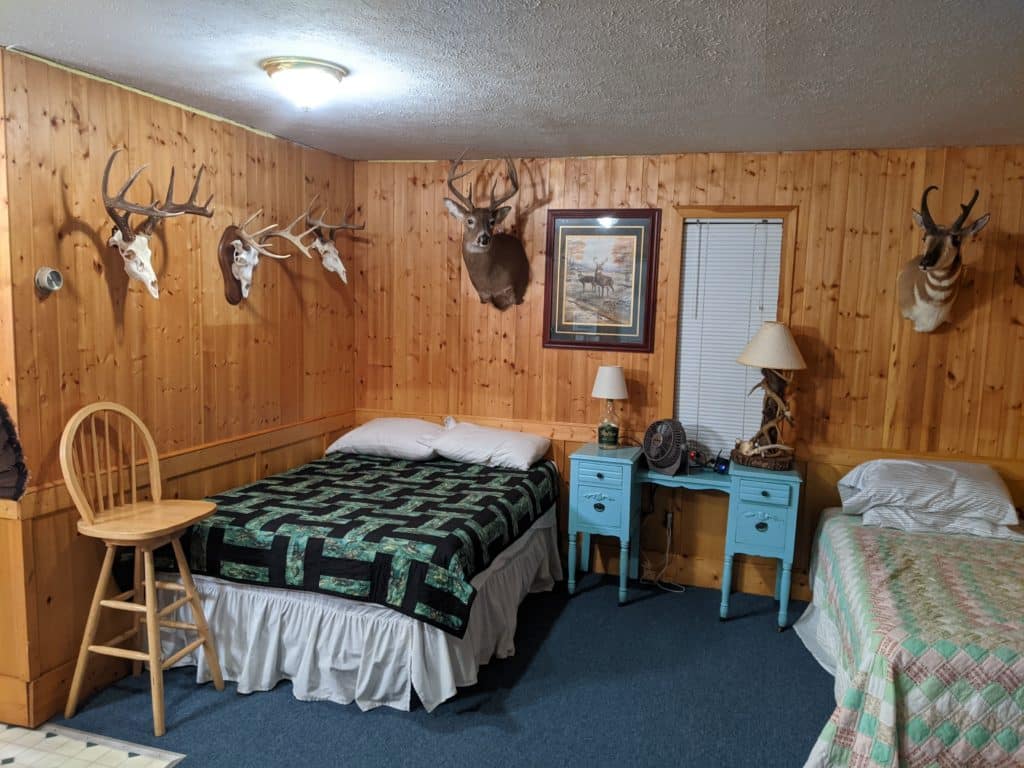
While a highlight of the job, plant collecting trips are no vacation. We collect valuable data in the field, trudge through an array of hospitable and less-than-hospitable wild habitats, and sweat, sweat, sweat. The collections are better for it, we make professional relationships, and staff return with a newfound understanding of the world’s flora.

Connor Ryan
Rhododendron Collections Manager
As the Rhododendron Collections Manager at Holden Forests & Gardens (HF&G), my job is to curate the Rhododendron collection across HF&G. Rhododendron consists of roughly 1,000 total species and 30,000 man-made selections. Most of these plants do not thrive in our cold winters and hot summers, so it is a fun challenge to find the right sites and plants for our collection. In addition to its horticultural prowess, Rhododendron is a ripe group of plants for scientific study due to its immense, global diversity and evolutionary history. Many species are also at risk of extinction in the wild, so we are beginning to work with the Global Conservation Consortium for Rhododendron to conserve these plants globally. During the growing season, I am most frequently found at the David G. Leach Research Station, a 30-acre facility originally focused on Rhododendron breeding, evaluation, and display in Madison, Ohio. There I lead our rhododendron and azalea breeding program to create new garden plants with improved ornamental and adaptive traits. The soils at the research station are sandy, providing the moist, well-drained conditions in which rhododendrons thrive. This presents an exciting opportunity to build a world class collection of wild-occurring rhododendrons in addition to the world class horticultural collection already there.

